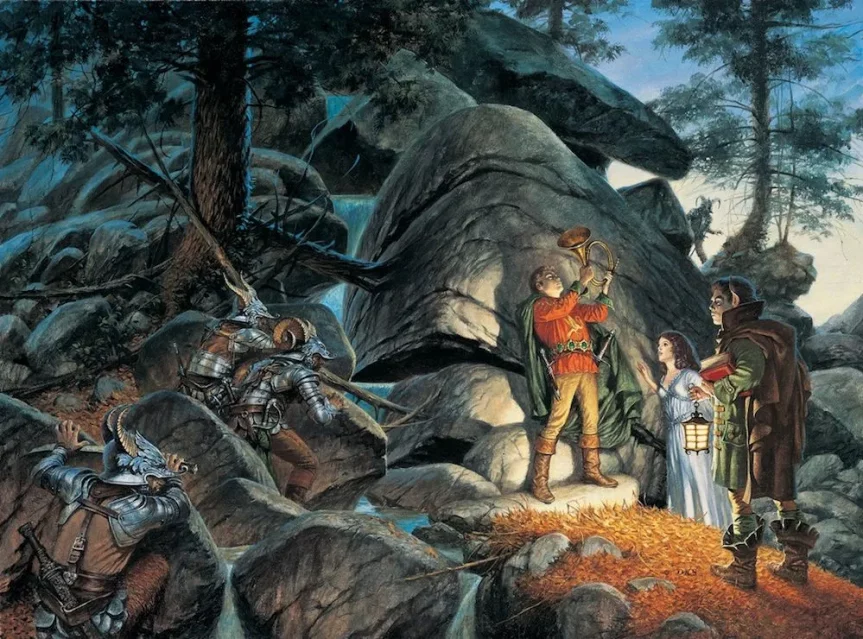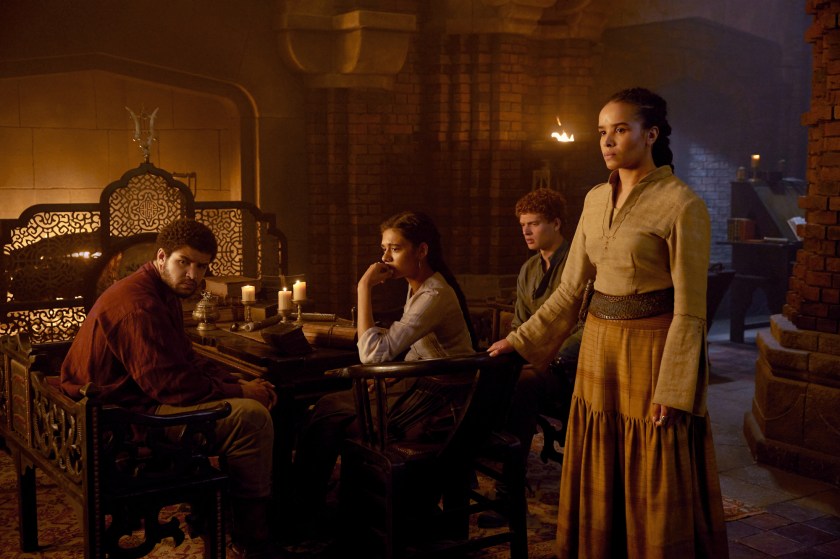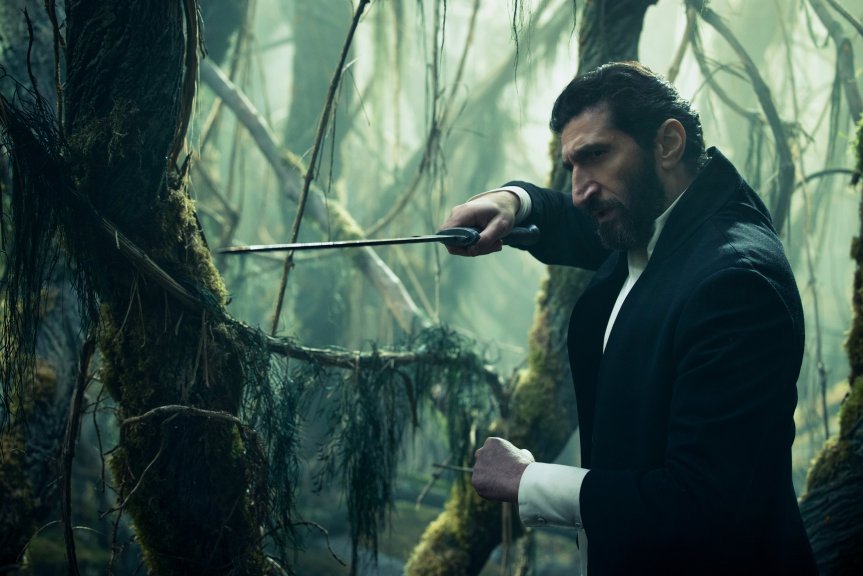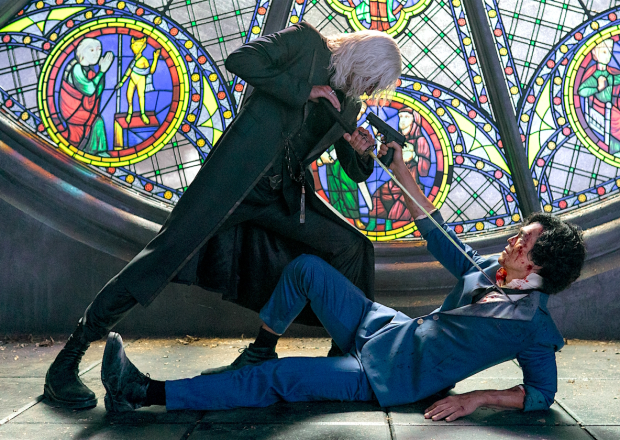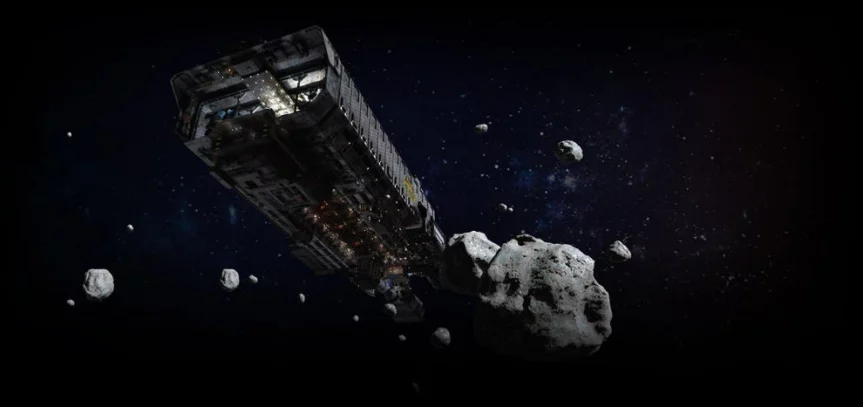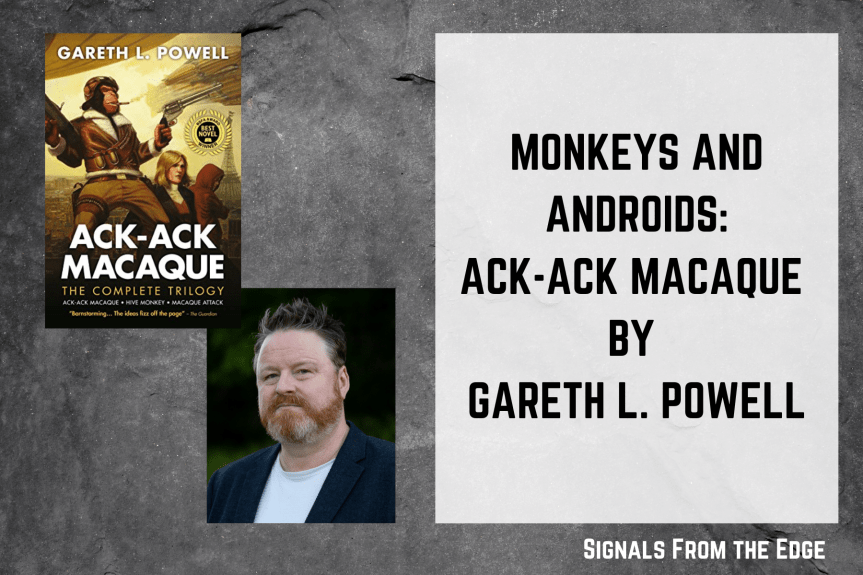With the new year fast approaching, there’s a whole new lineup of science fiction anthologies to get excited about.
Personally, I find that science fiction anthologies are the best of both the novel and short story worlds. You get the thick book like a novel, but you get dozens of individual stories, some connected by theme or place and time.
In this blog, we’ll run down some of the newest science fiction anthologies coming our way in 2022.
The Way Spring Arrives and Other Stories
This anthology is a collection of translated short stories from Chinese SFF writers. They focus heavily on fiction from female and nonbinary writers, and the team behind the anthology has a long history in the genre.
Regina Kanyu Wang, one of the editors, has frequently appeared in Clarkesworld Magazine, was featured in Ken Liu’s Broken Stars anthology, and had a story published in the March 2018 issue of Galaxy’s Edge Magazine.

Yu Chen, the other editor of this science fiction anthology, has also been involved in the SFF community for a long time. She’s presented at workshops, conventions, and published multiple books from Asian sci-fi writers like Han Song and Song Mingwei.
I’m looking forward to this anthology, and will definitely grab it on release day, March 8th, 2022.
The Best Science Fiction of the Year
I always look forward to Neil Clarke’s anthologies. His collection of the best science fiction short stories always boasts some of the year’s most intriguing, thoughtful pieces from new and established writers alike.
This will be the sixth anthology in the best of the year series, featuring stories from Yoon Ha Lee, Annalee Newitz, Rich Larson, and Ann Leckie, to name a few.
This science fiction anthology will hit shelves on January 25th, 2020.
Triangulation: Energy
Triangulation is one of the oldest science fiction anthologies that I know of. They started publishing spec fic short stories in the early 2000s, and have kept up the yearly tradition ever since. Each issue has a specific theme, and for the past few years they’ve covered sustainability topics like light pollution, eco-friendly housing, and biodiversity.
This year’s anthology will feature stories about sustainable energy, and all that that encompasses.
While there isn’t an exact date for the anthology yet, they are usually released at the end of the summer.
Check out the interview we did with Diane Turnshek and John Thompson, the editors of the 2021 anthology, Triangulation: Habitats.
The Reinvented Heart
This anthology is edited by Cat Rambo and Jennifer Brozek, and seeks to explore emotional relationships in science fiction.
So much of sci fi is caught up in the physical tech, and often overlooks emotional responses to those same technologies. This science fiction anthology is filled with stories and poems about “how shifting technology may affect social attitudes and practices.”
The anthology features work from Jane Yolen, Seanan McGuire, Ana Maria Curtis, Aimee Ogden and more!
Watch out for this anthology on March 10th, 2022.
Orpheus + Eurydice Unbound
This speculative fiction anthology is expected to release in the summer of 2022 from Air and Nothingness Press.
The anthology will feature stories that re-imagine the Orpheus and Eurydice story from Greek mythology. The book will consist of four sections, with stories that fit each step of the mythological tale, including The Wedding, The Snake, The Quest, and The Look Back.
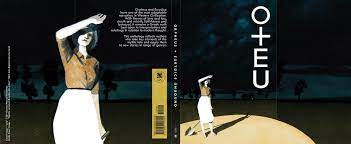
The theme seems to be fairly narrow, but I have confidence that it will be an exception anthology. Air and Nothingness Press has a reputation for putting out great books, and this one should be no different.
Professor Feif’s Compleat Pocket Guide to Xenobiology for the Galactic Traveler on the Move
This one seems super fun! Dedicated to all flora and fauna of the alien worlds, as far flung as they may be, this anthology is bound to be filled with interesting stories of carnivorous plants, oozing goop, and other weird things.
This science fiction anthology from Jay Henge Publishing has yet to get a solid release date, but I assume it will appear sometime in 2022. Jay Henge has published numerous science fiction anthologies, including Sunshine Superhighway, Sensory Perceptions, and The Chorochronos Archives.
What sci fi anthologies are you excited for? Let us know in the comments below!
And if you’re looking for a New Year’s gift, nothing is better than a subscription to Galaxy’s Edge!


